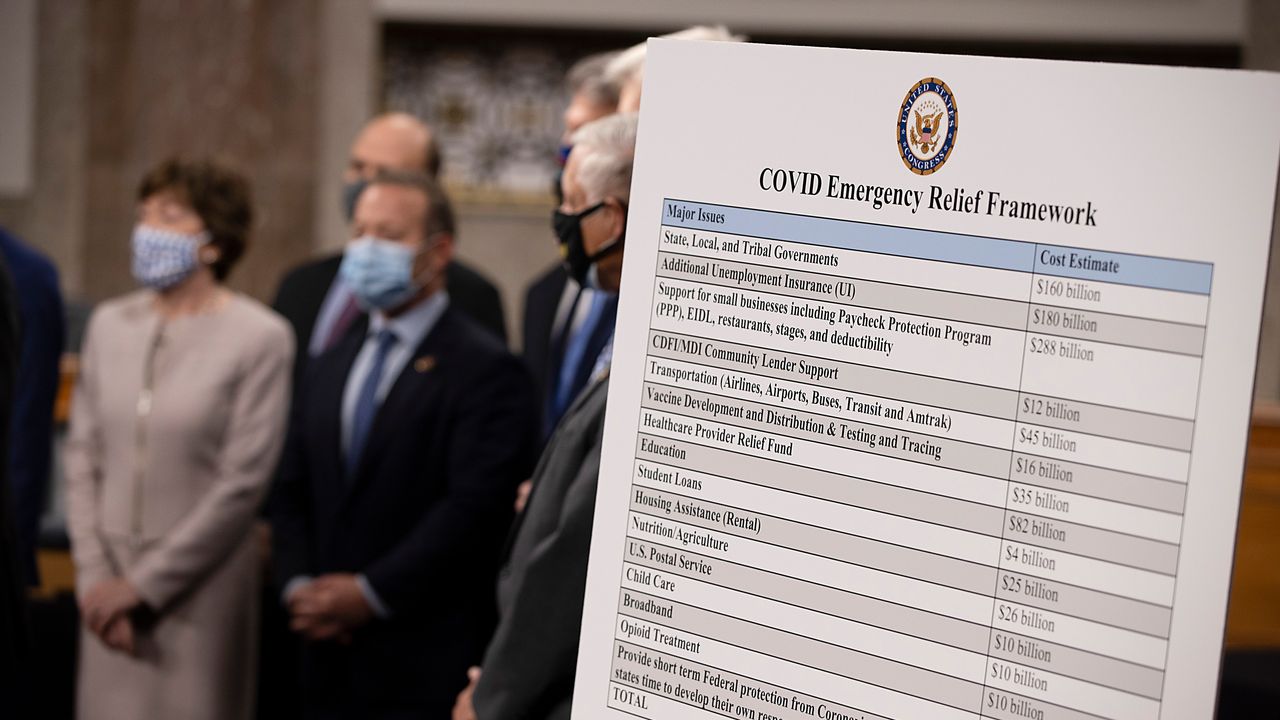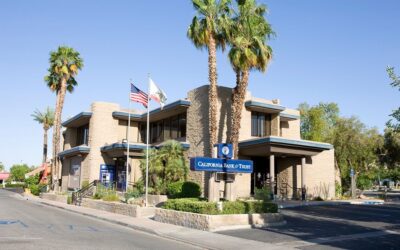The U.S. Small Business Administration (SBA) opened the second round of the Paycheck Protection Program (PPP2) on January 11. There was a significantly different approach compared to the launch of the first version in 2020.
Only applications from new PPP borrowers were accepted at the start, and those applications — called “first draw loans” — were only able to be made with what the SBA has called “community financial institutions.”
The SBA defines those as Community Development Financial Institutions, minority deposit institutions, certified development companies and microloan intermediaries.
Second-draw PPP loan applicants — businesses that received funding in the first PPP round — were able to start applying on January 13, and since then, have become open to all participating lenders.
Is PPP2 Available to You?
Borrowers who previously participated in PPP are eligible for a second draw loan if they have used the full amount of the first loan only for authorized uses, have no more than 300 employees and can demonstrate at least 25% reduction in gross receipts between comparable quarters in 2019 and 2020.
New updates include PPP borrowers choosing a “covered period” from eight to 24 weeks to spend the loan proceeds. Up to 40% can be used on expenses including mortgage interest, rent, property damage, supplier costs and personal protective equipment.
SBA has determined that at least 25% of each of those set-asides will go to each one of the following groups: loans to borrowers with a maximum of 10 employees and loans less than $250,000 to borrowers in low-or moderate-income neighborhoods.
The Employee Retention Credit: Don’t Overlook It
Another important component to consider in all this is the Employee Retention Credit (ERC). New rules have been issued that expand the number of businesses that may qualify for the Employee Retention Credit, which reduces the amount of payroll tax to be paid by the employer. However, if the credit exceeds payroll tax requirements, the credit is fully refundable.
“It is very important that businesses understand the interplay and strategy regarding PPP loan forgiveness – use of wages – and ERC,” said Bruce Legawiec, CPA, a partner with Osborne Rincon CPAs who has extensively studied the tax issues connected to the aid programs that have emerged in response to the pandemic. “If a business allocates more wages than they need to for PPP loan forgiveness, they may be greatly reducing their ERC – or even eliminating it.”
Legawiec further explains that the requirements have changed to be more favorable to gain the benefit of the Employee Retention Credit. Originally, borrowers that obtained a PPP loan in the initial draw were not eligible to claim this credit for 2020. A business may now claim the ERC, even if it obtained a PPP draw in round one.
ERC: Breaking It Down & Doing It Right
To qualify, a business must have experienced a decline in quarterly revenue of 50% or more in a quarter in 2020 (beginning April 1,2020) compared to same quarter in 2019, or if a business experienced a partial or full shut down of operations due to government COVID restrictions. The credit is 50% of an employee’s wages for the year, up to $10,000 per employee. The potential credit is $5,000 per employee. The catch is that a business cannot claim the ERC on wages it uses for PPP loan forgiveness. It is therefore very important to strategically allocate wages between PPP loan forgiveness and the Employee Retention Credit.
For the first two quarters of 2021, the credit is based on 70% of qualified wages up to $10,000 per employee, per quarter. The potential quarterly credit is therefore $7,000 per employee for the first two quarters of 2021. To qualify, a business must experience a decline in 2021 quarterly gross receipts of 20% or more compared to the same quarter of 2019; or have a partial or full business shut down due to government restrictions. Since many restaurants have been limited to outdoor dining or reduced seating capacity, this is a partial shutdown and will therefore qualify for the credit.
Carefully planning wage allocation between PPP loan forgiveness and ERC can result in 100% loan forgiveness and maximize the ERC.
Perspective from Business Professionals in the Community
So, what are other business consultants in the Greater Palm Springs area finding as they help their clients navigate this complex system with rules and restrictions that have shifted and become more complicated with each passing month?
“As we are helping clients with the application process for PPP2, we’re seeing things moving much more slowly compared to the first round,” says Nicholas Thompson, 1st VP/Desert Area Manager for California Bank & Trust. “The core reason for this is the documentation requirements are more stringent to assess a company’s legitimate eligibility and need relative to the new rules. The new rules are also designed to mitigate fraud and unintended uses of the funding which was seen nationally with several high-profile examples.”
On the positive side of PPP2, according to Marc Empey, a partner with the SBEMP law firm based in its Palm Springs office, “You can now spend your PPP loan on a wider range of expenses, and the list of businesses that are eligible for a loan has been expanded, now including self-employed individuals. On the back end, applying for forgiveness for loans under $150,000 has been made simpler.”
“As for PPP2, the guidance is currently limited and subject to change on an almost daily basis. The process is difficult and complicated to navigate, approvals and funding will not move quickly, and those with an experienced professional team will be at an advantage over the unguided or less prepared,” added Empey.
It’s critical to have CPAs, lawyers and bankers on your team that are on their game so that when you need to be organized and have several factors to consider when pondering decisions for your business in situations like those presented by the many layers of pandemic assistance, you’re ready to go. If you hire the right people, the value will always come back to you.
Andrea Carter is a Coachella Valley-based writer and marketing consultant who serves as President/CEO of Andrea Carter & Associates. To learn more, go to www.andreacarterassociates.com.




